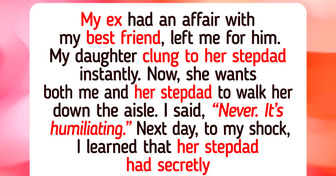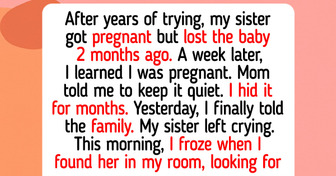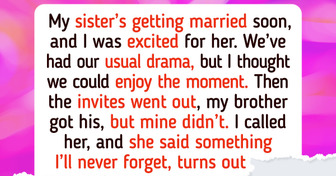I Refused to Let a Family Tragedy Ruin My Wedding Day
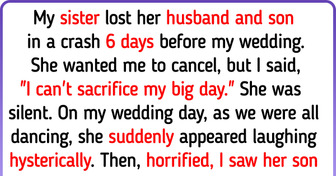
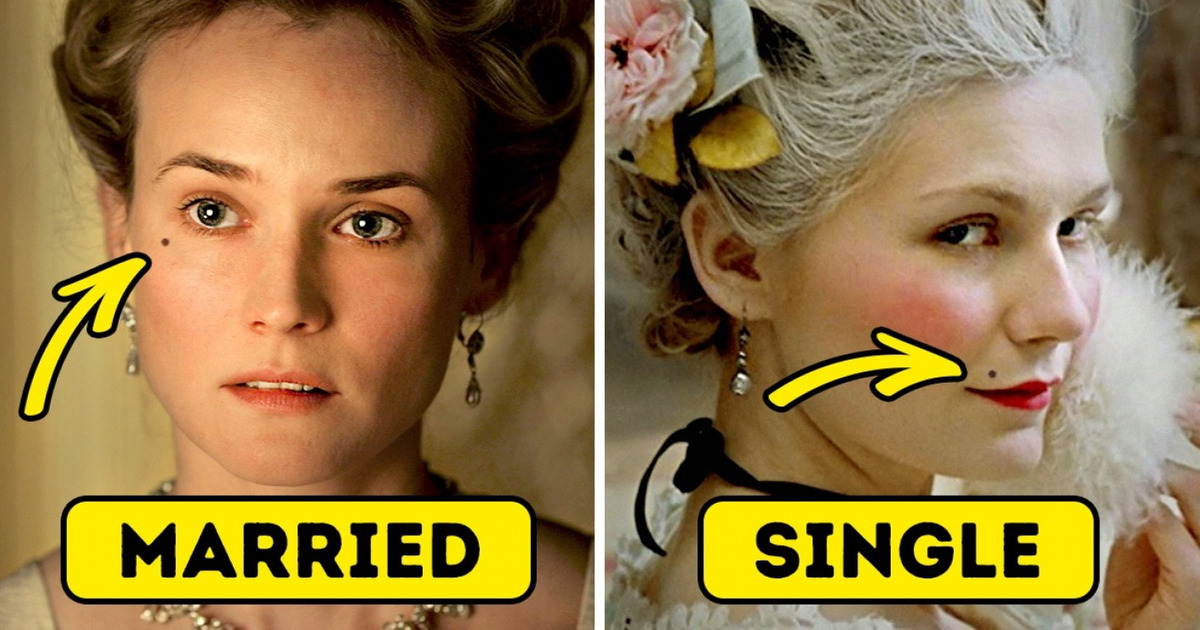
Over the course of time, the image of female beauty changes. And the famous words "beauty demands sacrifice" once had a literal meaning. It’s shocking what women did to seem attractive.
Bright Side collected 10 pieces of evidence to show that the ideal is a relative and highly changeable concept, so it’s better to be careful about fashion trends.
Ladies of the 15th-17th centuries wore chopine shoes to protect their dresses from mud and demonstrate a high social position. Shoes told others about the identity and status of their owner. The height of chopine shoes could reach 50 cm, so the ladies who wore them needed a maid who would support her mistress.
This way sharp dressers saved their makeup from rain and snowfalls. One of the drawbacks of the device was that it fogged up from the inside really quickly.
A feminine image was considered unfinished without charming dimples on the cheeks. In 1923, this device was patented. It was to be put on the face, fastened behind the ears and chin, and with the help of 2 outgoing rods press on the cheeks heavily and painfully. With prolonged use, the desired dimples appeared.
Naturalness in this period is out of fashion, cosmetics are actively used, and the female body is being cultivated. A tall rounded forehead is especially fashionable, and the hairline was located as high as possible. Most women shaved their hair over their forehead to create a fashionable image. Also, every sharp dresser considered it necessary to completely get rid of the eyelashes using ordinary tweezers.
A product with lead and vinegar was actively used: the skin truly became whiter, but over time it turned yellow, and it was impossible to reverse this process. Elizabeth I, Queen of England and Ireland, was an ardent fan of such cosmetics. Her face reached such a degree of whiteness that it was remembered in history as a "mask of youth."
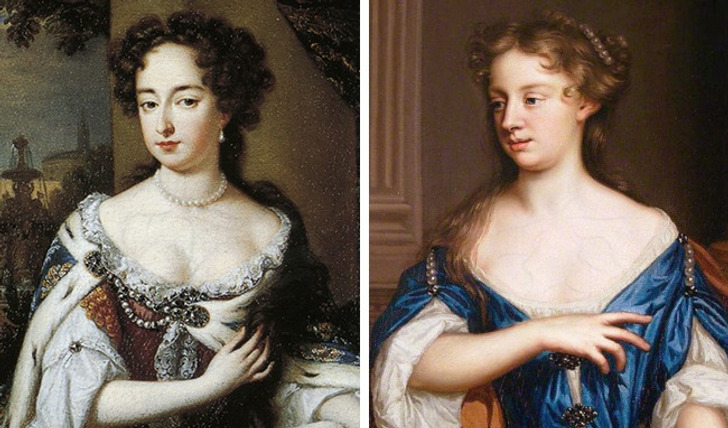
To emphasize their high birth, women used a blue pencil to draw veins on their neck, chest, and shoulders.
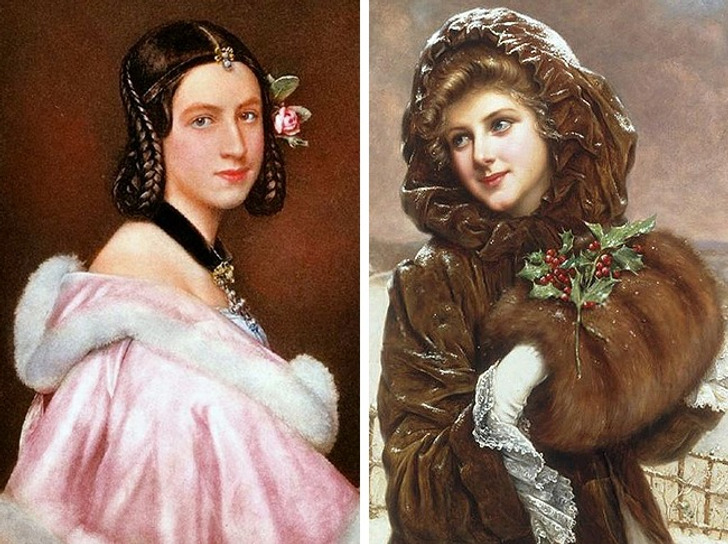
Queen Victoria prohibited the use of cosmetics. Nevertheless, this didn’t prevent women from finding a way out of the situation. Instead of blush and lipstick, they had to bite their lips and pinch their cheeks.
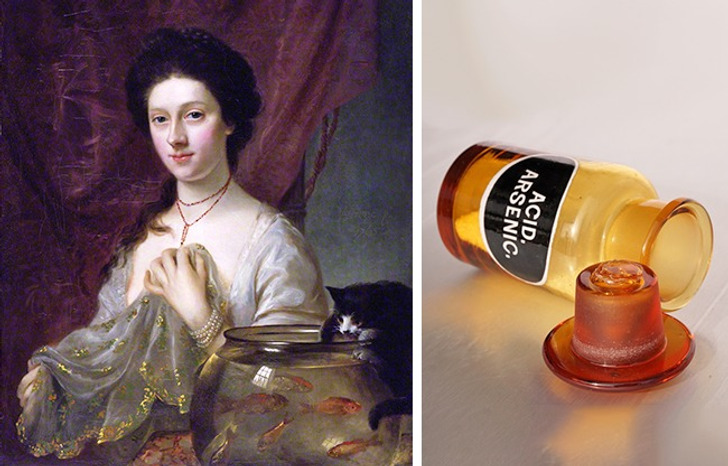
In the 19th century, it was fashionable to eat arsenic to "give a blooming look to the face, shine to the eyes, and attractive roundness to the body." However, there were side effects: arsenic accumulates in the thyroid gland and causes goiter and sometimes death.
In the Victorian era, a green dye was invented which became a real trend among sharp dressers. The color was called "Scheele’s green." To create it, a mixture of arsenic and copper was used, and it slowly killed the owner of the dress. The dye came into contact with mucosa and caused irritation, and it also gradually penetrated under the skin. The walls of houses were painted in the same color, exposing people to mortal risk.
A time when a generous use of cosmetics was allowed, and special importance was given to artificial moles. Moles became not only a means of makeup but also a tool for flirting:



